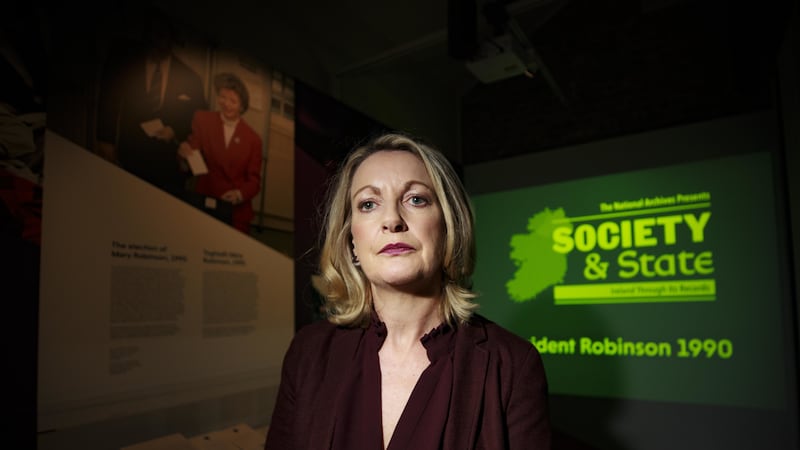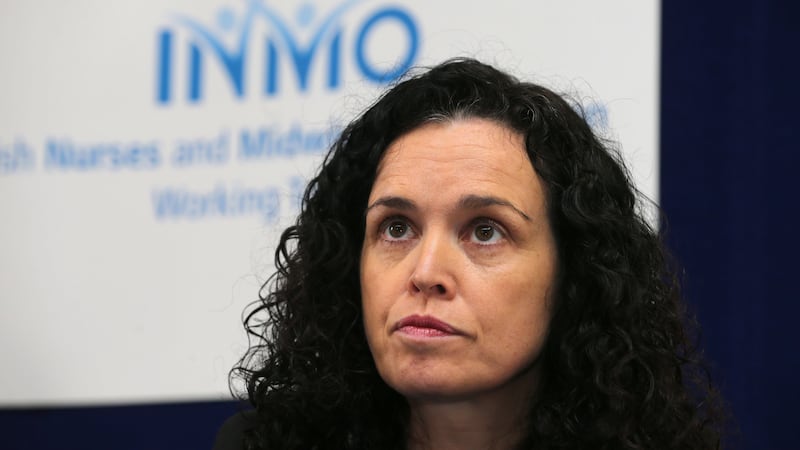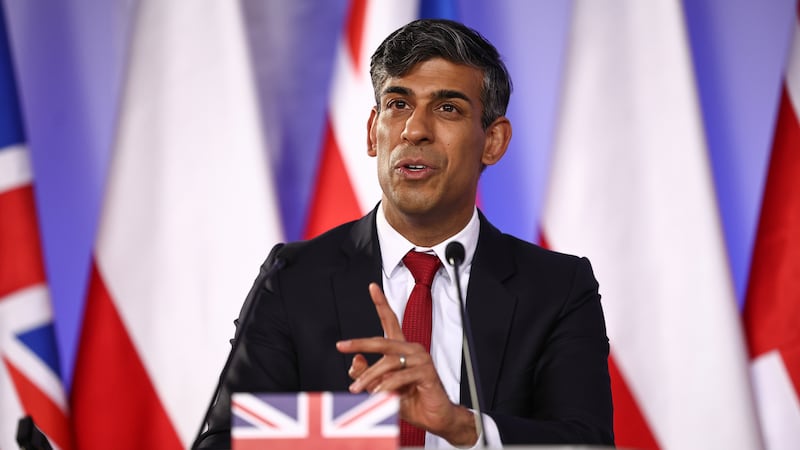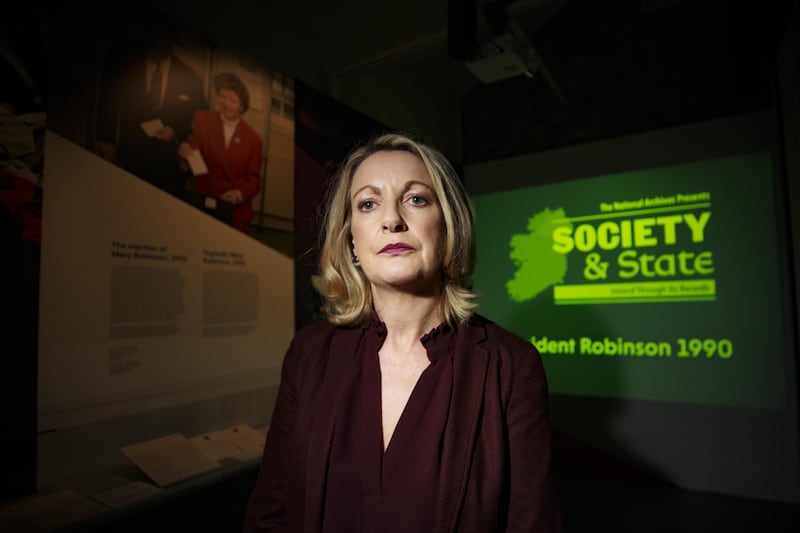From an epidemic of tuberculosis and the removal of the marriage bar, to priests monitoring dancehalls, a new exhibition will showcase how the Republic of Ireland has evolved since its inception as an independent state.
The exhibition in the Coach House at Dublin Castle reflects aspects of life in independent Ireland, as revealed in the records of the state.
The National Archives showcase will then travel to the National Ploughing Exhibition in September.
The exhibition, called Society and State – Ireland through its records, chronicles the country from the 1920s to the end of the 20th century.
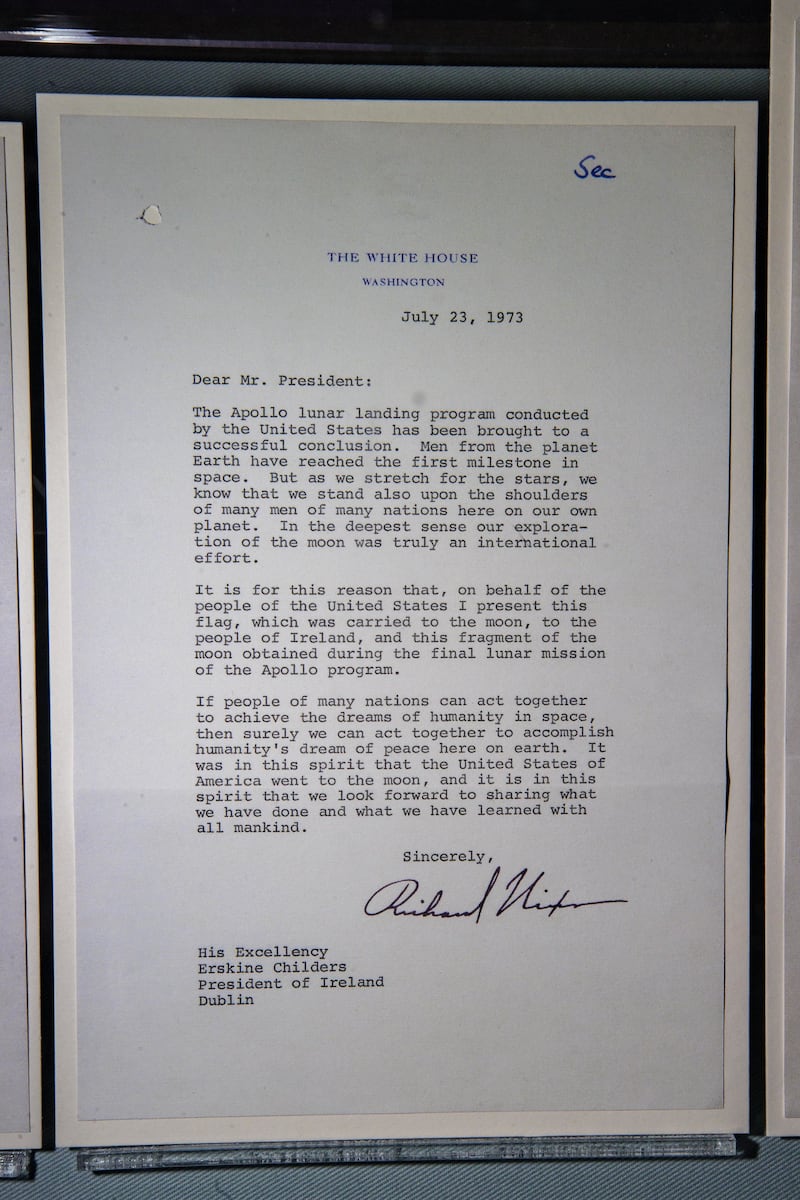
The exhibition opens on the 75th anniversary of Ireland becoming a Republic, this week in April 1949.
Orlaith McBride, director of the National Archives, told the PA news agency: “After the Free State was established in 1922, one of the first tasks that the new government set about doing was to undertake a census of the population, the 1926 census, and we will be releasing that census in 2026.
“This exhibition is telling the story about the development of a nation. We focus very much on what the new government did after Ireland was established in 1922 to begin to plan for that population.
“It began to look at infrastructure, it began to look at planning and began to look at housing, it began to look at health and education.
“What we show are records that are held in the National Archives that speak to those various different ways in which the new government and successive governments over the generations began to develop the state, but also look after its citizens.
“So there’s everything in here from the epidemic of TB, the development of social housing, the planning and making housing provision for people across the country, but particularly people in rural Ireland and in the west coast.
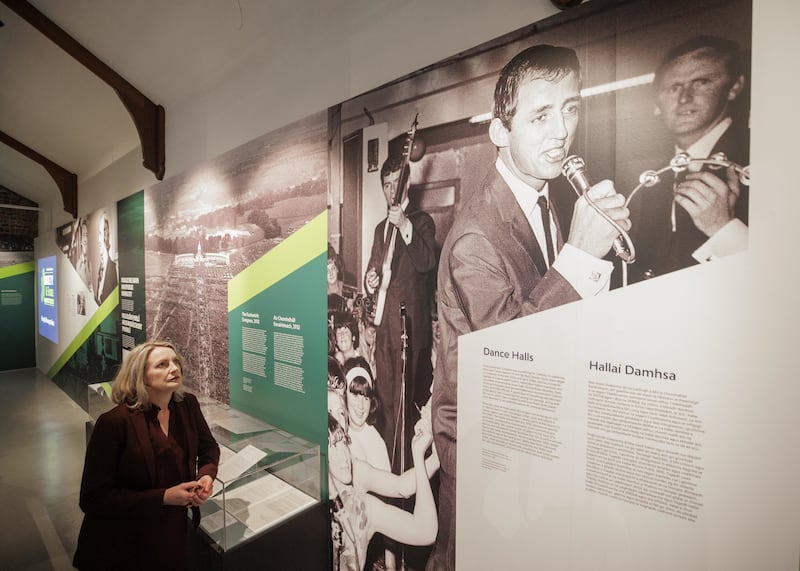
“There was huge poverty in the west coast, so the new government over the 1920s, 30s, 40s and 50s began to look at ways in which it could support people right across the country.
“One of the examples is the establishment of the sugar beet industry. So that was an indigenous industry and it was established because they looked at the population and the unemployment rates in towns like Thurles, towns like Mallow, and one of the government policies was to establish sugar factories in those towns to develop local indigenous industry.
“The exhibition also focuses on the power of the Catholic Church as the new state emerged, and the power and the control that the Catholic Church had on this newly established state.
“Then we look at things like the emergence of the dancehalls, and we all remember the dancehalls all across Ireland, but that actually the priests were almost policing the dancehalls, and the gardai were policing the dancehalls.
“There was a huge fear of public immorality and things like dancehalls and music and popular culture. So there was a huge fear around those, so censorship was introduced.
“We had censorship in literature and we had censorship in films.
“Then we move into more contemporary times. So we look at those major social and cultural shifts that happened in Ireland, particularly after we joined the European Economic Community in 1973.
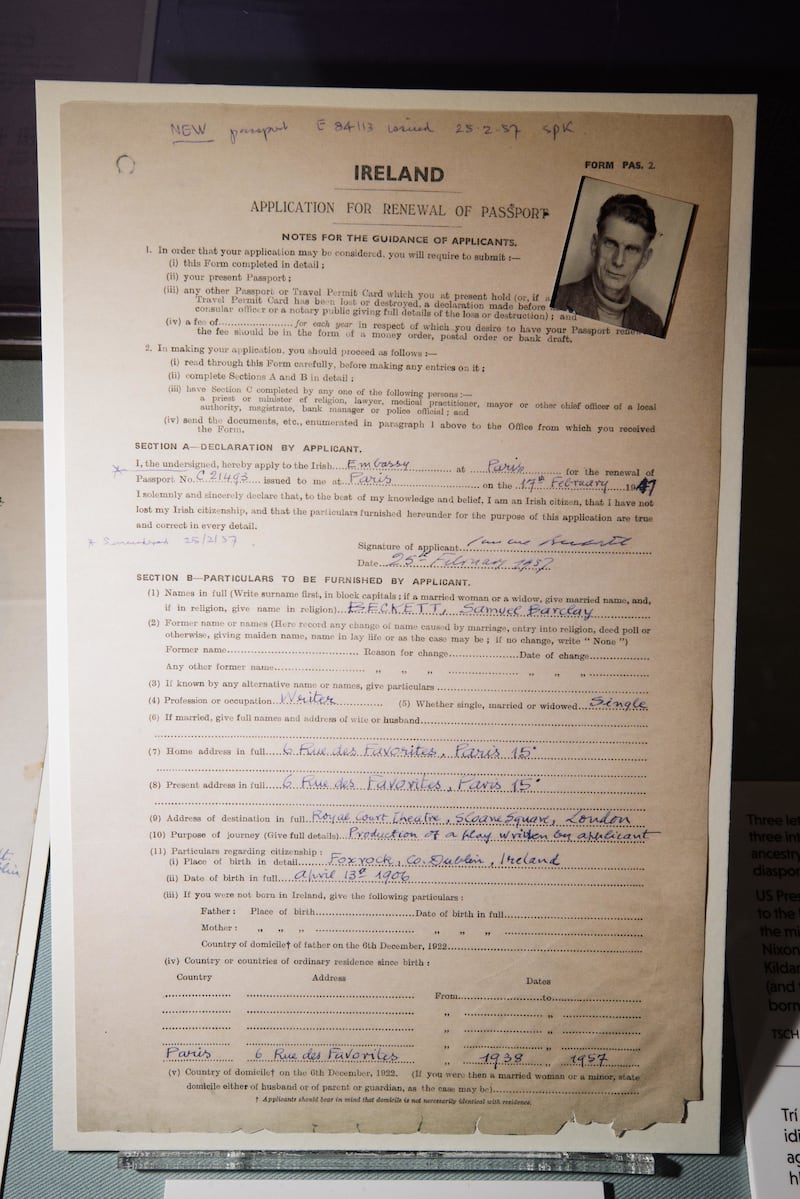
“One of the stipulations for Ireland joining the EEC, as it was then, was that we had to remove the marriage bar.
“For decades and decades the marriage bar had been in existence. So when professional women married, they had to give up their job in the civil service and teaching and nursing.
“One of the preconditions for joining the EEC was the removal of the marriage bar. That then saw quite significant transformative change in Ireland over the decades.
“One of the final things that we finish with is the election of Mary Robinson as the president of Ireland in 1990, and how significant that was, and the journey that women had travelled from the 1970s after the the lifting of the marriage bar to having our first woman president in 1990.
“But also those major significant social changes that happened, such as the decriminalisation of homosexuality and that extraordinary case, that ground-breaking case that David Norris brought against the Irish government to the European Court of Human Rights.
“Then we finish also with Ireland being very successful in the Eurovision and our relationship with Europe and there’s a focus particularly on Ireland on the Eurovision.
“So there’s something really for everyone, I think, in the exhibition.”
Minister for Culture Catherine Martin said: “Since 2012, the Decade of Centenaries marked the centenaries of the revolutionary era that concluded with partition, civil war, and the creation of the independent Irish state.
“It makes sense then that after the conclusion of the Decade of Centenaries, we should lift our heads up to gaze beyond 1923, to explore the society that emerged thereafter.”
